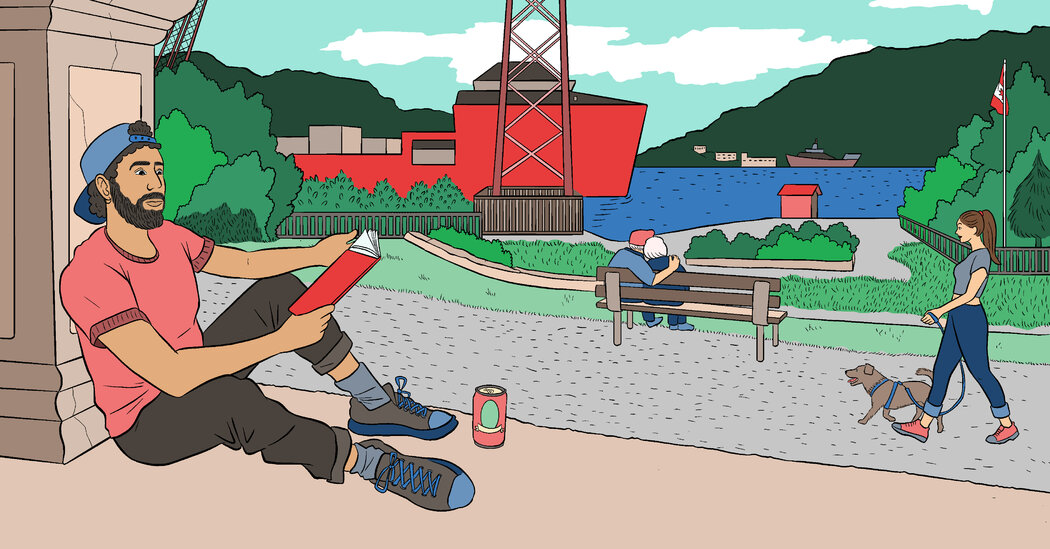If you want an even grittier look under the hood of the capital city offered up in tourist campaigns, Megan Gail Coles’s “Small Game Hunting at the Local Coward Gun Club,” Joel Thomas Hynes’s “We’ll All Be Burnt in Our Beds Some Night” or Eva Crocker’s “All I Ask” will do the job.
If I have no time for day trips, what books could take me there instead?
Michael Winter’s “The Big Why” is a fictional account of Rockwell Kent’s time in Brigus at the beginning of the 20th century. A completely original exploration of the artistic temperament and of the possibilities of love, the book is also a note-perfect portrayal of the insular, outrageously flahoolic (D.N.E.: generous) and unforgiving nature of Newfoundland’s outport communities. One of my all time favorites.
And then, of course, there’s Labrador, which is another world altogether. To date, Labrador’s literature consists mostly of accounts of frontier life. Elizabeth Goudie’s “Woman of Labrador” is an unadorned record of life in a trapping family in the 1920s and ‘30s. Dillon Wallace’s narrative of the disastrous Hubbard expedition, “The Lure of the Labrador Wild,” is a classic of the (mis)adventure genre. John Steffler’s terrific novel, “The Afterlife of George Cartwright,” is one of the few books to take on the savage grandeur of Labrador in fiction, and, in Cartwright, it offers up a character almost as large and avid as the place itself.
The voices of the Indigenous peoples who have lived in Labrador for thousands of years are, as elsewhere, underrepresented in the literature. “Them Days” magazine, which exists to preserve the oral history of Labrador, is one place to find part of that community’s story.
What literary pilgrimage destination would you recommend?
There’s an unwritten rule in St. John’s that a writer is required to spend at least 25 percent of any arts grant at The Ship. Or maybe that’s just the average, which makes it feel like a rule.
A nondescript pub off a steep lane between Duckworth and Water Streets, The Ship is the closest thing the city has to an underground literary landmark. There’s no plaque yet, but I can attest that Nobel Prize-winner Seamus Heaney relieved himself at one of the urinals in the men’s. Michael Ondaatje spent a night on the dance floor during a show by a local ska/funk/reggae band. Everyone from Daniel Lanois to Bonnie “Prince” Billy to Sarah Harmer to Fred Eaglesmith to a 10-member Bulgarian…
Click Here to Read the Full Original Article at NYT > Travel…
